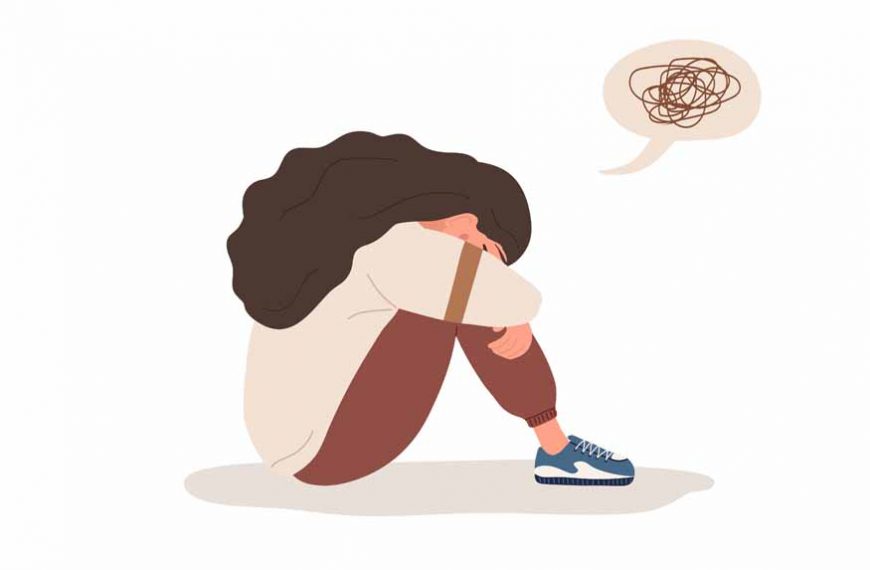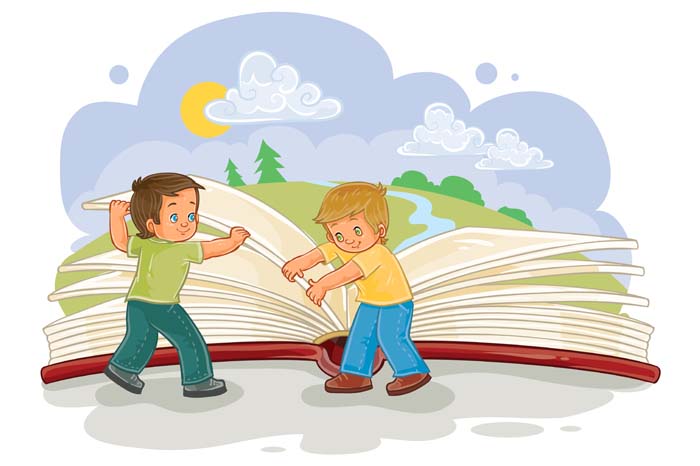On his very first day of school, Aarav, a young and eager student, grapples with a mixture of feelings. His stomach flutters, his palms dampen, and his heart races. Clinging to his mother, he finds comfort and strength amidst the uncertainty of the new journey ahead. Aarav’s experience is not singular; rather, it offers a window into the intricate world of young kids’ concerns.
Understanding the complexities of anxiety in children, the wide range of symptoms that appear, and the various anxiety disorders they may experience is vital for parents and other carers. In this blog, we will delve into the puzzling realm of childhood anxiety, clarify common symptoms, and investigate strategies for supporting and guiding kids through their anxious feelings.
Understanding Childhood Anxiety Disorders
Children, like adults, can experience anxiety. However, the ways in which anxiety manifests in young minds can be puzzling, leaving many adults perplexed and searching for answers. Anxiety disorders in children are not a rarity, and they deserve our attention and understanding.
Symptoms of Anxiety in Children
Anxiety in children can manifest in a range of physical, emotional, and behavioural symptoms, often resembling a burst of emotions that’s hard to decode. Picture little Riya, who suddenly refuses to go to her friend’s birthday party because of an overwhelming fear of crowds. Or consider Arjun, who constantly seeks reassurance from his parents, fearing that something bad might happen if they aren’t there.
These puzzling behaviours are often the manifestations of anxiety. Some common symptoms of anxiety in children include:
Physical Symptoms: Children may complain of stomach aches, headaches, or even nausea without any apparent medical cause. These physical symptoms can be the body’s response to the heightened state of anxiety.
Restlessness and Irritability: A child’s anxiety can lead to restlessness, fidgeting, and irritability. They might find it challenging to sit still or concentrate on tasks.
Sleep Disturbances: Anxiety can take a toll on sleep patterns, leading to difficulty falling asleep, frequent awakenings, or nightmares. Parents might be left perplexed when a once peaceful sleeper suddenly starts experiencing sleep disruptions.
Avoidance Behaviour: Children with anxiety might avoid situations or places that trigger their anxious feelings. This behaviour can be perplexing to parents who may not fully understand the underlying fears.
Excessive Worry: Children may express worries that seem disproportionate to the situation. For example, they might worry excessively about school performance, social interactions, or their family’s safety.
Social Withdrawal: Anxiety can lead to a child withdrawing from social interactions, preferring isolation over group activities. This sudden shift can leave parents bewildered and concerned.
Common Types of Childhood Anxiety Disorders
The enigma of childhood anxiety becomes more intricate when we explore the various types of anxiety disorders that children might experience. These include:
Generalised Anxiety Disorder (GAD): Children with GAD often exhibit excessive worry and anxiety about a range of everyday situations. Their minds are like puzzle pieces, constantly rearranging thoughts and fears without finding a solution.
Social Anxiety Disorder: Young minds may find social interactions like solving a complex puzzle. Children with social anxiety fear judgement and embarrassment, often avoiding situations where they have to interact with others.
Separation Anxiety Disorder: This type of anxiety puzzle revolves around the fear of being separated from loved ones, particularly parents. Children with separation anxiety might resist going to school or sleeping alone.
Specific Phobias: Children may experience intense fears of specific objects or situations, like animals, heights, or darkness. These fears might seem perplexing to adults who can’t fully comprehend their origin.
Helping Children with Anxiety: Unravelling the Puzzle
As perplexing as childhood anxiety can be, there are strategies that parents, caregivers, and educators can employ to help children manage and overcome their anxious feelings:
Open Communication: Encourage children to express their feelings and fears openly. Create a safe space where they can discuss their worries without fear of judgement.
Gradual Exposure: For children with phobias or fears, gradual exposure to the trigger can help desensitise their anxiety. Picture helping little Aanya gradually spend time with a friendly dog to overcome her fear.
Relaxation Techniques: Teaching children relaxation techniques like deep breathing, mindfulness, or progressive muscle relaxation can be like handing them puzzle pieces to calm their anxious minds.
Positive Reinforcement: When children face their fears or handle anxiety-provoking situations, praise their efforts and celebrate their successes. Positive reinforcement can be the key that unlocks their confidence.
Professional Help: Sometimes, the puzzle of childhood anxiety requires a professional touch. Therapists, psychologists, or counsellors specialising in children’s mental health can provide guidance and strategies tailored to their needs.
Navigating Uncertainty: A Relevant Approach to Childhood Anxiety
Amidst the complexities of childhood anxiety, one crucial aspect is recognizing the impact of uncertainty on young minds. In a world that often feels like a puzzle with missing pieces, children can become overwhelmed by the unknown. Uncertainty fuels anxiety, making even the simplest tasks seem like insurmountable challenges. By acknowledging and addressing uncertainty, we can provide children with tools to approach life’s puzzles with confidence. Offering a sense of predictability, routine, and reassurance can go a long way in calming their anxious thoughts and helping them piece together a sense of stability.
Conclusion: Piecing Together a Brighter Future
Just like completing a complex puzzle, understanding childhood anxiety disorders and helping children navigate their anxious feelings requires patience, empathy, and support. As adults, it’s our responsibility to piece together the right strategies to help children build resilience and manage their anxiety.
Imagine a world where every child’s puzzle of anxiety finds its solution, and their minds are free to explore the colourful landscape of experiences and growth. With the right approach, we can transform enigmatic anxiety into a puzzle with a beautiful resolution.
At EuroKids, we are very aware of all the difficulties that parents and kids encounter nowadays. Children can learn, grow, and flourish in a safe atmosphere that we’ve created for them through our nurturing environment and child-centric approach. We believe in empowering children to unravel their potential, piece by piece, just like solving a fascinating puzzle. To learn more about us and our specially crafted curriculum, visit our website today.
Disclaimer: This blog is primarily meant as informational material. This is not a substitute for professional medical or psychological advice.














